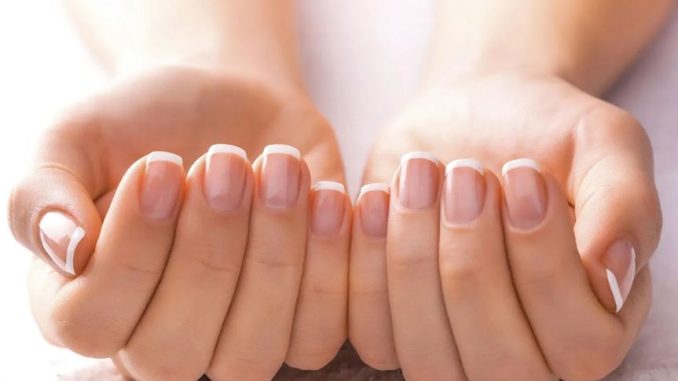
Your nails can often be a window into your overall health. Changes in nail color, texture, or appearance can be indicative of underlying medical conditions or nutritional deficiencies. While not all nail irregularities are cause for immediate concern, some signs should prompt you to seek medical attention promptly. In this article, we will discuss specific nail changes that warrant a visit to the doctor.
1. Yellowing of Nails:
Yellow nails can be a sign of several underlying issues, including fungal infections, psoriasis, or even respiratory conditions like chronic bronchitis. If your nails have a persistent yellow hue, especially accompanied by other symptoms like thickening or crumbling, consult a healthcare professional.
2. Pitting and Dents:
Tiny depressions or dents on the surface of your nails can be an early sign of psoriasis, a chronic autoimmune condition that affects the skin and nails. Psoriasis can lead to the rapid growth of skin cells, resulting in nail changes. If you notice these nail abnormalities, it’s advisable to see a dermatologist for evaluation and management.
3. White Spots:
Occasional white spots on your nails are usually harmless and can be caused by minor trauma. However, persistent and numerous white spots may indicate a fungal infection or a nutritional deficiency, such as zinc deficiency. A healthcare professional can help determine the underlying cause and recommend appropriate treatment.
4. Dark Lines or Bands:
Dark lines or bands on your nails, especially if they appear suddenly or change in size and shape, should raise concerns. These can be signs of melanoma, a type of skin cancer. If you notice any unusual pigmentation on your nails, consult a dermatologist for a thorough evaluation.
5. Clubbing:
Nail clubbing is a condition where the nails curve excessively around the fingertips and may appear swollen. It can be a sign of various underlying health issues, including lung or heart conditions, liver disease, or inflammatory bowel disease. Prompt medical attention is essential to determine the cause and initiate appropriate treatment.
6. Beau’s Lines:
Beau’s lines are horizontal depressions that run across the nails and are often associated with significant illness, trauma, or severe nutritional deficiencies. These lines may disappear as new nail growth occurs, but identifying the underlying cause is crucial.
7. Separation of Nail From Nail Bed:
If you notice the separation of your nail from the nail bed, a condition known as onycholysis, it can be caused by several factors, including fungal infections, psoriasis, thyroid disorders, or contact with harsh chemicals. Seeking medical advice is essential to diagnose the cause and prevent complications.
8. Spooning or Concave Nails:
Nails that curve inward like a spoon can be a sign of iron-deficiency anemia. This condition affects your body’s ability to produce sufficient red blood cells, leading to various symptoms, including nail changes. Consult a healthcare provider for proper diagnosis and treatment.
9. Rapid Nail Changes:
If you notice sudden and rapid changes in the appearance of your nails, such as thickening, discoloration, or unusual growth patterns, it could be related to an underlying medical condition or medication side effects. Immediate medical evaluation is crucial to identify and address the issue.
10. Chronic Nail Problems:
If you have ongoing issues with your nails, such as chronic fungal infections or persistent nail abnormalities, consult a dermatologist or a healthcare provider. These problems may require long-term management to prevent recurrence.
Conclusion
Your nails can reveal valuable insights into your overall health, and certain nail changes should not be ignored. While not all nail abnormalities are indicative of severe medical conditions, some can signal underlying issues that require prompt attention. If you notice any persistent, unusual, or concerning changes in your nails, consult a doctor or dermatologist for a thorough evaluation and appropriate treatment. Early diagnosis and intervention can make a significant difference in managing any underlying health conditions related to nail abnormalities.
Share this:
- Click to share on Facebook (Opens in new window)
- Click to share on Twitter (Opens in new window)
- Click to share on WhatsApp (Opens in new window)
- Click to share on Reddit (Opens in new window)
- Click to share on Telegram (Opens in new window)
- Click to share on Pinterest (Opens in new window)
- Click to share on LinkedIn (Opens in new window)